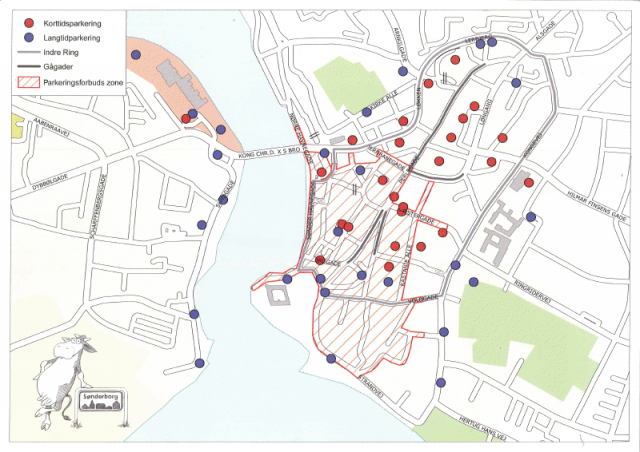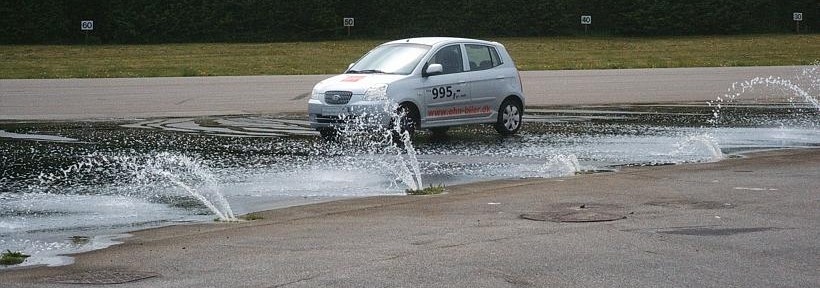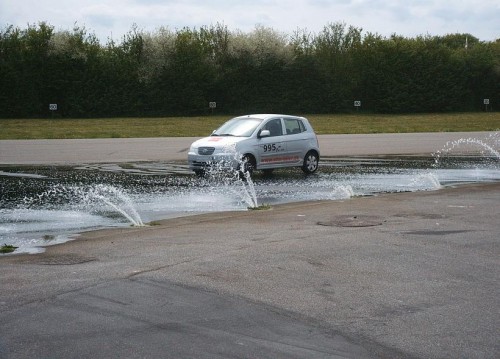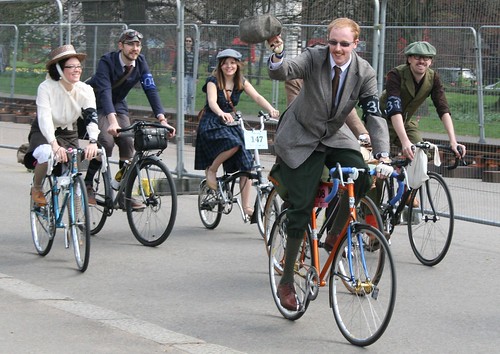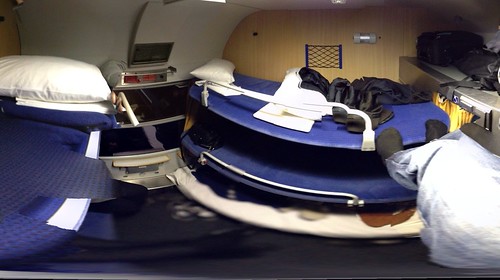Back in Malta parking was always an issue. Malta has the fifth-highest number of vehicles per capita in the world as of 2009, with 607 motor vehicles per 1,000 people. Combine this with a top-ten highest population density in the world and, as you may imagine, parking is a bit of a nightmare. No wonder we spend a good chunk of our driving lessons learning how to parallel park our car.
When we bought our car last October, one of my main concerns, as a dutiful Maltese national, was “where do we park the car?”. Luckily for us, there is parking right behind our apartment block for residents and, so far, we have not had any problem finding a space. However, in the centre, things are not always that easy. However Sonderborg has a handy map of parking spaces around the city centre, indicating whether a spot is for long-term parking (langtidsparkering) or short-term parking (korttidsparkering).
To be honest though, so far we have not had any problems finding parking. However, do be careful as some parking areas are private with diligent parking attendants, so make sure you stay within the designated time limit if one applies.

